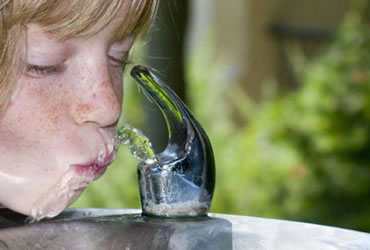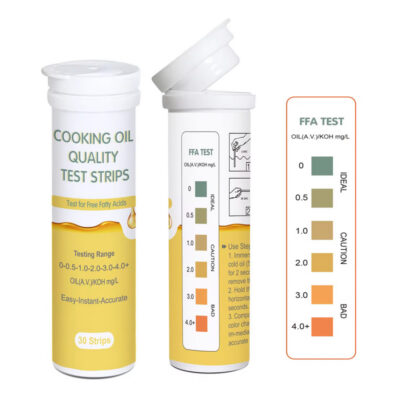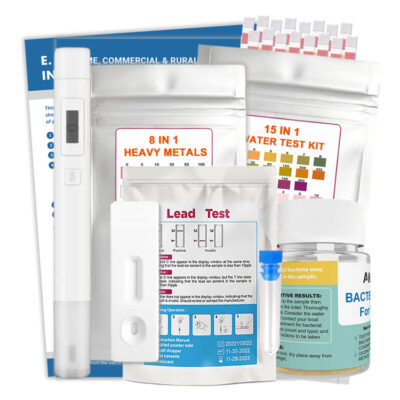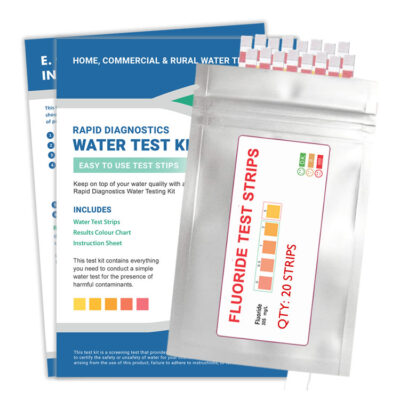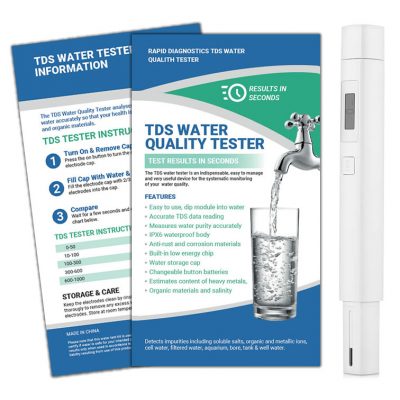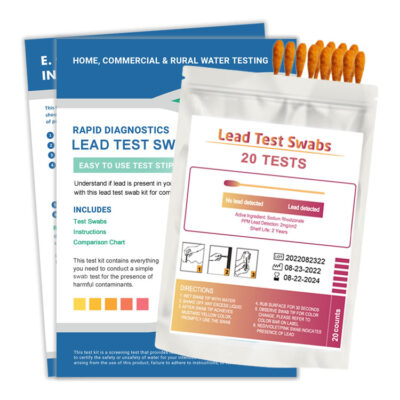
Residual Chlorine in Drinking Water
Brief on Residual Chlorine in Drinking Water
Chlorine is added to drinking water as a disinfectant. However, chlorine in drinking water has different definitions depending upon the stage it exists during the disinfection process. Chlorine residual or free chlorine presence in drinking water is an indication of two facts. One is that adequate quantities of chlorine was added at the start into the water so that the disease causing virus and bacteria would get inactivated and secondly there will be no re-contamination of water during storage.
What happens when chlorine is put into water?
On addition of chlorine into water a part of it reacts firstly with organic and inorganic substances and metals present in water and hence, cannot be used for disinfecting purposes. This is termed as the chlorine demand of water. The chlorine quantity left after meeting this demand is called as the total chlorine. Total chlorine consists of weak disinfectants that are formed by chlorine reacting with metals and inorganic, organic matter and the free chlorine or chlorine residual that can be used for inactivating disease causing pathogens. The weak disinfectants are termed as combined chlorine. Summarizing, total chlorine is an addition of free chlorine and combined chlorine quantities.
The definitions can be explained through an example. In case the water is completely clean, there will be no demand on the chlorine quantities to react with inorganic and organic substances and hence the quantities of combined chlorine will be nil. Therefore, free chlorine in this case will be the quantity of chlorine added at the start.
How to test for free chlorine quantities
There are basically, three methods adopted for testing the chlorine quantities in water and each of them is explained in brief.
- Pool Test kits: This involves using orthotolidine; a liquid chemical which leads to a change in color to yellow if total chlorine amounts exist in tested waters. These water testing kits are available in all stores and are largely used for testing total chlorine concentration in swimming pool waters. However, these kits fail to measure free chlorine and cannot be relied upon totally.
- Color-wheel test kit: This involves using a chemical tablet or powder called DPD that leads the water color to change to a pink hue if chlorine amounts exist in the tested waters. This testing kit tests for the presence of total chlorine as well as free chlorine quantities.
- Digital Colorimeters: This is a more reliable method for testing the presence of free and total chlorine quantities in drinking waters. This is a two-step procedure. The first step is to test the water sample by using DPD powder or tablets. Next is to insert the vial containing the water sample into a meter whereby the intensity of change in color is read and a digital display of the same is flashed.
Summary
Chlorine acts as an effective disinfectant and residual chlorine offers protection to the water supply down the line and away from the point of disinfection. Waters are tested for residual chlorine at the point of disinfection to ensure that the chlorination process is working efficiently; next at the closest point of consumption to ensure that residual chlorine levels are within permissible limits and further down the line to ascertain the presence of sufficient levels of chlorine in the waters.

